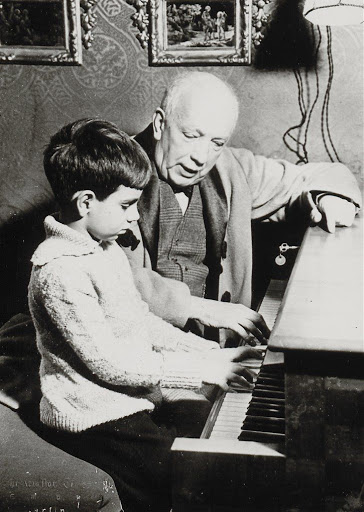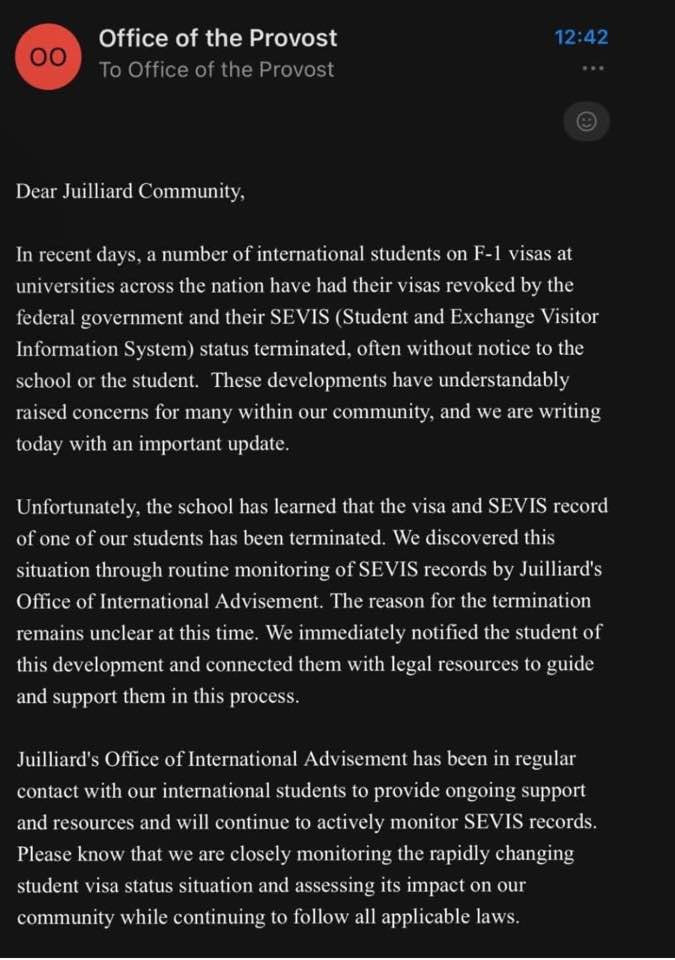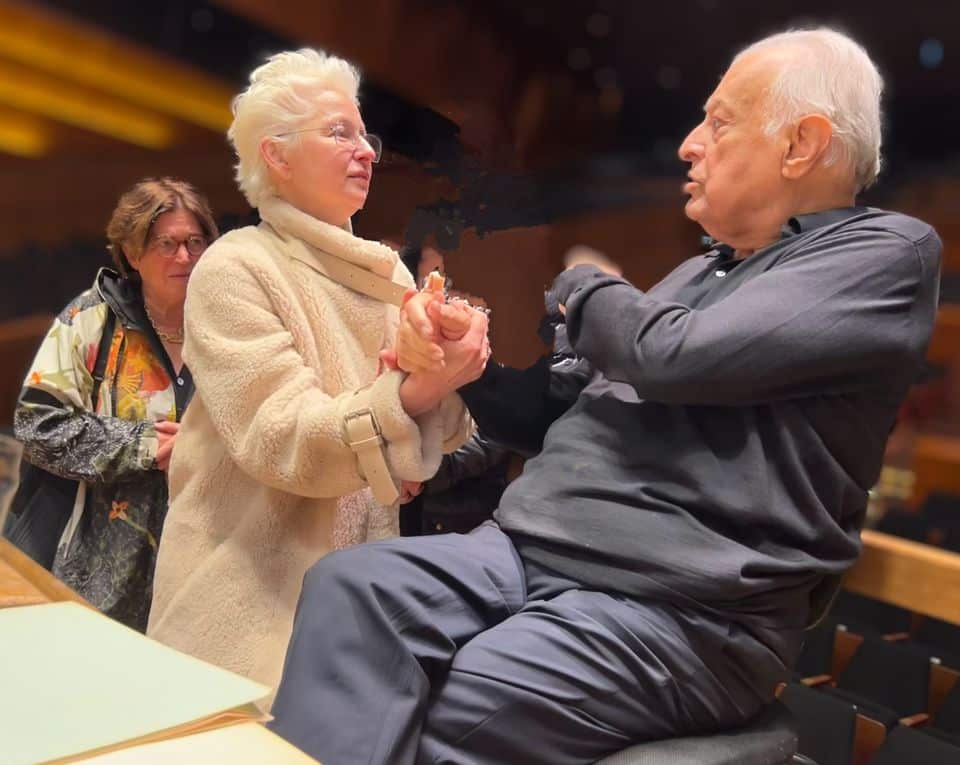The Slipped Disc daily comfort zone (252): The Richard Strauss redemption
mainComposed as the Second World War was ending in German defeat, Strauss reflects in a meditation for strings on all that has gone wrong in his lifetime and how little an individual musician, no matter how famous, can do to put them right. This act of musical humility by a man of 80 marks a belated onset of benign self-knowedge.






Comments